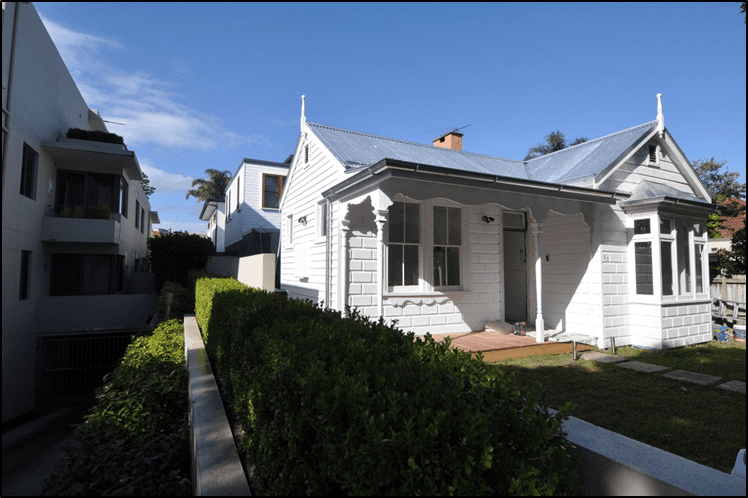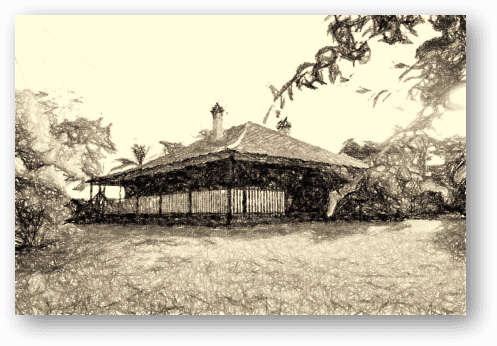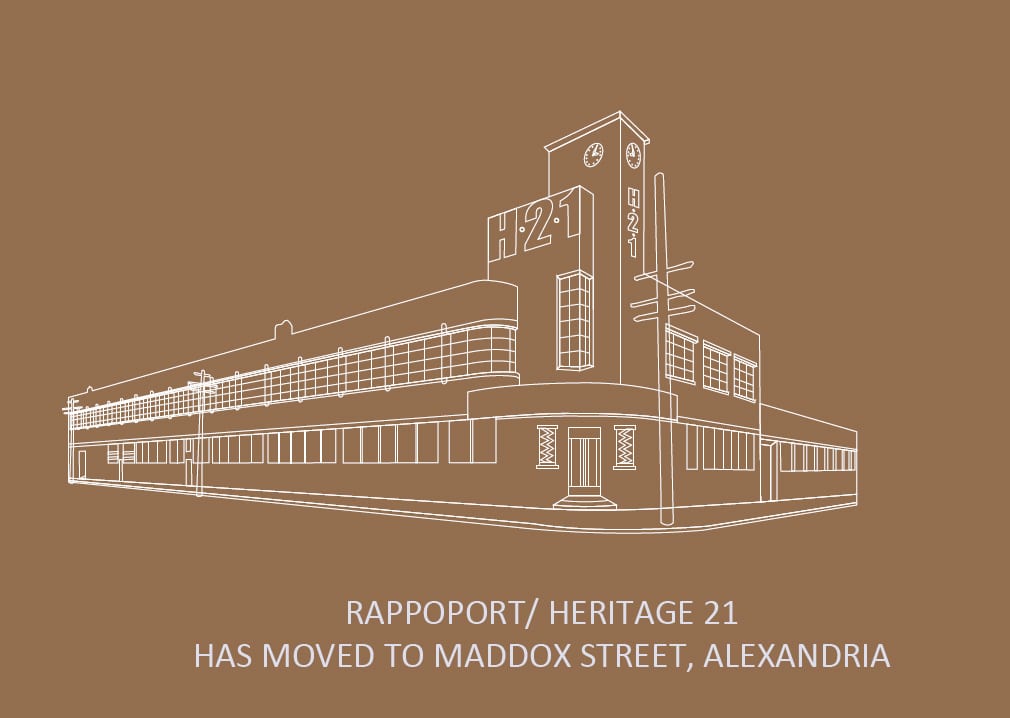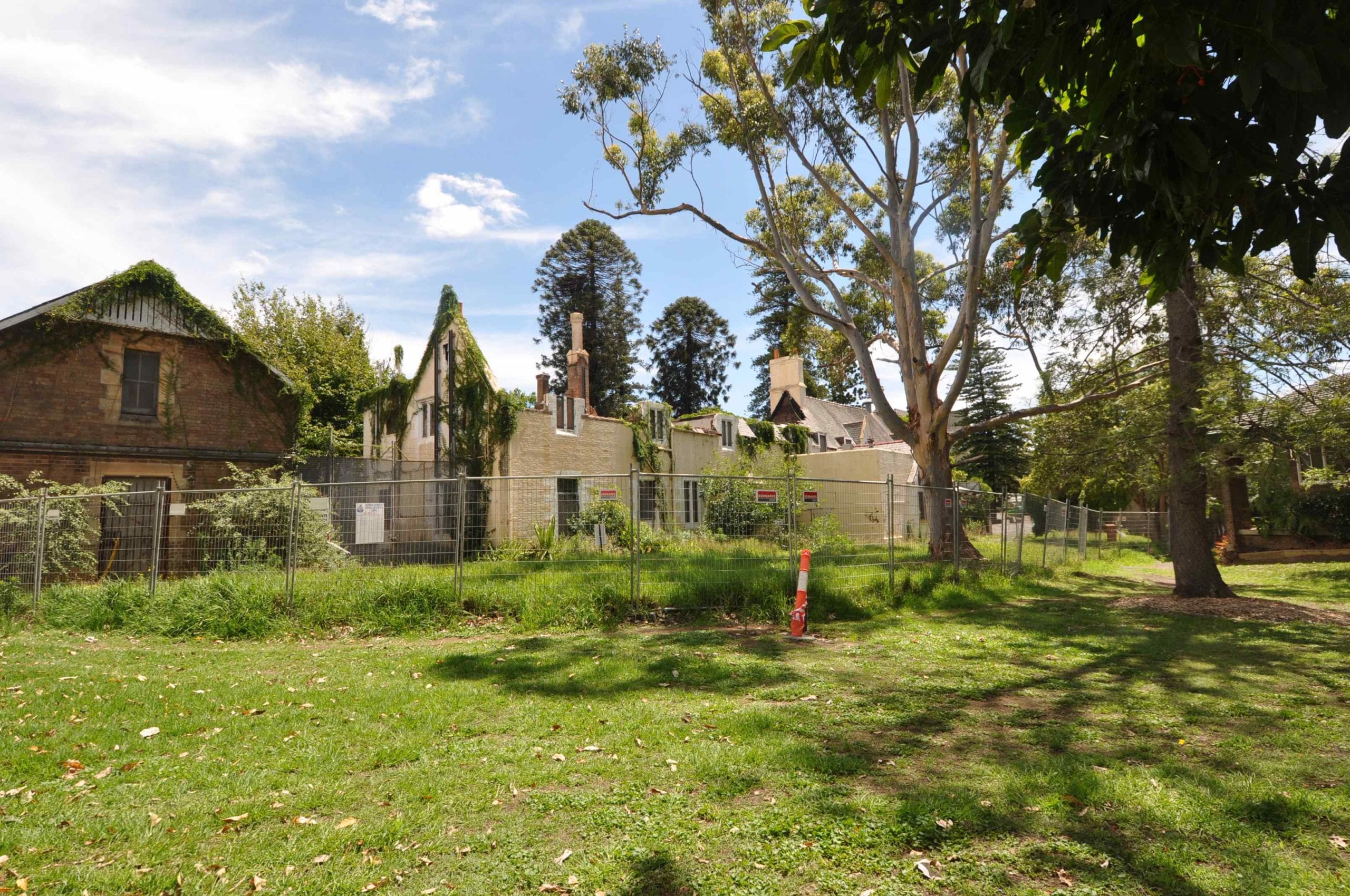Professional Associations
 The UNESCO World Heritage Serial listing of 11 Australian convict sites has a highly disturbing omission, the Parramatta Female Factory (PFF). The PFF was the first purpose built complex of buildings for convict women constructed in 1821 along with the adjacent Roman Catholic Orphanage School (RCOS). It has a continuous almost 200-year long history as a prison, an orphanage and a home for “wayward” girls.
The UNESCO World Heritage Serial listing of 11 Australian convict sites has a highly disturbing omission, the Parramatta Female Factory (PFF). The PFF was the first purpose built complex of buildings for convict women constructed in 1821 along with the adjacent Roman Catholic Orphanage School (RCOS). It has a continuous almost 200-year long history as a prison, an orphanage and a home for “wayward” girls.
Whether by wilful neglect or as a result of shame, public knowledge of the Female Factory is alarmingly limited. Rappoport however was fortunate enough to be recently escorted around the site by Bonnie Djuric who is a former inmate of the adjacent Parramatta Girls Home (Previously RCOS) and a passionate lobbyist for the conservation of the site. With her guidance we bore witness to the innards of a significant part of Australia’s convict history and could sense the personal tragedy endured by the “Parra Girls” detained there.
Bonnie shared with us details of life in the Parramatta Girls Home and showed us evidence of both the hardship and hope that the girls experienced. The lettering which can be found around the Norma Parker Detention Centre Site spelling out “ILWA” stood for “I Love Worship and Adore”, a phrase which has stayed with Bonnie her whole life. The acronym was a sign of friendship and hope between the girls who were abused, neglected and exploited by an institution which operated under the guise of a “welfare” system from 1887 to 1974.
Other graffiti around the site includes phrases such as “131 loves 38” enclosed in a love heart, communicating strong relationship between two inmates who were known within the institution only by number. The names of various inmates can be found scratched into the walls of dormitories and basement dungeons.
The buildings which make up the original Female Factory precinct were designed by Francis Greenway – NSW first government architect. A substantial number of original buildings were unfortunately demolished after the establishment of the Parramatta Lunatic Asylum in 1847. Nonetheless, exploring the site, one can see a myriad of unique elements in the buildings which have a direct connection to our convict past in the form of the surrounding prison walls which were constructed in response to uprisings that occurred as a result of gross mistreatment of the inmates. After each riot, the walls grew in height and so too did the institutional violence. The Factory displays many examples of the ill treatment suffered by the inmates.
The site as a whole is significant as evidence of the institutionalisation of women and children in Australia and the first campaign in Australia of forced removal of children from their parents. A convict site which pre-dates both Port Arthur and the Cascades Female Factory and has been in continuous use for well over a century should be recognised as a quintessential part of Australia’s colonial history and urgently needs protection and conservation.
Urban Growth NSW is in the process of creating a master plan for North Parramatta and its historic attributes. Rappoport supports the PFF becoming recognised as part of the historic precinct of North Parramatta due to its high cultural significance. Rappoport has proposed to Bonnie that PFF be added for inclusion onto the UNESCO World Heritage Serial Listing of Australian Convict Sites of which currently, there only 11 sites.
Paul Rappoport, Director of Rappoport Heritage Consultants says “PFF should be included on that list for blatantly obvious reasons and it is a crying shame that it has gone on for so long without appropriate recognition as one of the primary convict sites within the serial listing.”





Paul Rappoport – Heritage 21 – 21 January 2014
Related Articles

Rose Bay Heritage
Heritage 21 is very honoured to have been a part of restoring this cottage to its original glory
Read more
The NSW Heritage Management System under the Microscope
NSW heritage management system works well. Listings are clear, protective measures are in place and most owners, developers and managers…
Read more
Rappoport has moved and merged
Last week, on Thursday 30 July 2015, Rappoport Heritage Consultants merged with Heritage 21 and the new company is now…
Read more
Passion Project
Last year we blogged about the Parramatta Female Factory to give you some backgrond, on what has now become a…
Read more

Need help getting started?
Check out our guides.

Complete the form below to contact us today.









